

I would like to welcome all readers to this first issue of the new Engineering Computing Newsletter. There will be at least four issues per year and it is the intention to achieve the widest possible circulation amongst existing and potential users of SERC's Engineering Computing resources.
It is deliberate policy that the Newsletter is introduced at a time of evolution of the computing facilities funded by the Engineering Board. The Interactive Computing Facility (ICF) is almost ten years old and plans are already being made to phase out the Multi-User Minis by the end of the decade. The Common Base Policy is currently under major review and the Applications Software Programme will come under careful scrutiny later in 1987. There is also a possibility of a new and exciting initiative on the Engineering Applications of Transputers.
This Newsletter will be the main forum for keeping the Engineering Community informed of both existing and new policy matters likely to affect their current and future research activities.
Inevitably, this first issue concentrates on setting the current scene. It provides important information on revised procedures for handling the AL54 form requesting use of Engineering Computing Facilities, points of contact at RAL, information on the Engineering Board's Committee structure and how the Rutherford Appleton Laboratory fits into this structure.
Any Newsletter such as this is most effective if the readers are prepared to provide articles and comment on such matters as format and content. Can I please encourage anyone wishing to comment on this first issue to contact the Editor, Fran Childs, and she will endeavour to take your comments into account for the next issue in March.
The present Engineering Board structure is illustrated below and, in particular, shows how the Computing Facilities Committee and its Technical Advisory Group fit into this structure:
The Computing Facilities Committee is responsible for the funding and formal management of the Applications Software Programme and the Engineering Computing Facilities, both of which are based at the Rutherford Appleton Laboratory. The Engineering Computing Facilities result from the recent merger of the Interactive Computing Facility (ICF) and the Single User System (SUS) Project.
The current membership of the Committee is:
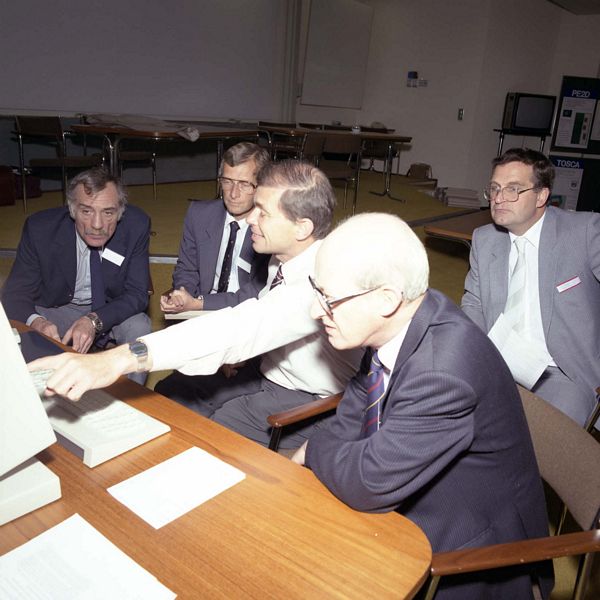
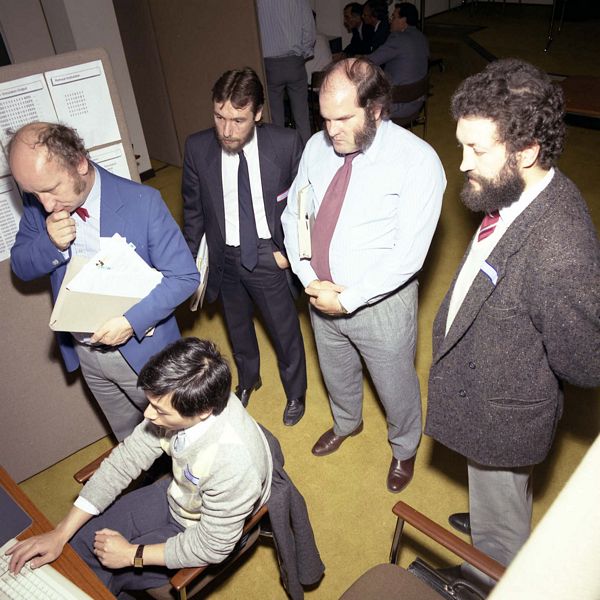
The Technical Advisory Group has just been established by the Computing Facilities Committee. Its terms of reference are:
The current membership of this Group is as follows:
At its meeting on 10 October 1986, the Computing Facilities Committee (CFC) formally agreed to the establishment of the Engineering Computing Facilities Executive (ECFE) at the Rutherford Appleton Laboratory. The ECFE will be the Committee's executive arm and its responsibilities include:
A total staffing level of 6 people at RAL has been agreed for the ECFE. The current members are:
A new User Group format has been agreed with the User Community and the Computing Facilities Committee and will be known as the Engineering Computing User Group(ECUG). The existing Common Base, GEC and Prime User Groups will be merged into this new Group.
The format for meetings of the ECUG will be to have a general (plenary) session in the morning and a set of parallel sessions for specific sub-interests (initially GEC, PERQ, PRIME and SUN) in the afternoon, followed by a general wrap-up session at the end which will include brief reports of the parallel sessions by their convenors. It is expected that sub-interests will eventually cease to be hardware based and could well become application based.
Professor Neil Munro (Control Systems Centre, UMIST) has agreed to be the Chairman of the ECUG and will represent users on the Computing Facilities Technical Advisory Group (CFTAG).
The first ECUG meeting will be held at Rutherford Appleton Laboratory on Thursday 2 April 1987. Full details of the meeting, including the agenda, will be published in February. All Engineering Computing users, including the Alvey community, are invited to attend.
At a special meeting on 30 October 1986, the GEC community decided in favour of an immediate freeze at the current level of OS4000 (Rev. 4.1). As a result of this decision, there will not be any further development of OS4000, and, in future, all activities can be looked upon as a support function, vested in the Operations and Support Section of the ECF group in Informatics Division, run by Mike Claringbold.
A number of bugs will be corrected and a final RAL version of OS4000, which will also include a new version of the X25 software, will be distributed early in 1987. Specific effort is being made to improve the performance of MAIL. A project has been defined to fix bugs in MAIL, in priority order, which will officially end on 30 April 1987. No further bugs in MAIL will be fixed beyond this date.
Users requiring assistance on GEC matters should either contact Service Line, RAL (see list of contacts on back page) or mail to SUPPORT@RL.GB .
This being the first issue of the Engineering Computing Newsletter, it is considered a convenient time and place to gather together information on all the Primes located at RAL. Apart from a development 9655, located in Rl, which is not providing a service, they are all to be found in the Atlas Centre operated by Central Computing Division.
All these machines are supported, both for system and user support, by Informatics Division. Any queries or requests should be directed initially to the respective local managers.
The programme has four main components
Esprit Data Exchange: methods for transferring product definition between different CAD programs. RAL is designing and implementing neutral file formats. The project started in October 1984 and is expected to run for 5 years.
Both projects are 50% funded by the Commission of European Communities, the first involving 10 partners from 5 countries, and the second, 12 partners from 6 countries.
Finite Element Library: release 3.0, extending the applicability and containing some pre- and post-processing routines, will be available shortly. Short contracts have been placed with Manchester and Strathclyde Universities and the Royal College of Military Science for implementation of release 4.0.
A set of leaflets describing these and other packages in microelectronics is available from Mrs Pam Peisley at RAL, 0235 21900 ext 5121.
Evaluations are currently taking place of BEASY (Boundary Element Analysis System), which can be used for the solution of linear problems in electromagnetics and structural analysis, and LUSAS, which is a finite elements system with a large number of different types of element.
There will be greater emphasis in the future on exploitation of single user systems, especially engineering software on the range of SUN workstations.
The recently established Engineering Computing Facilities Executive (ECFE) has decided to redefine grant application procedures to ensure that the correct information is included on the form AL54 at the earliest possible stage to avoid unnecessary delays. It is also intended that the Interactive Computing Facility (ICF) Multi-User-Mini (MUM) Computer Managers participate to a greater extent in an advisory and administrative capacity to provide the essential interface between grant applicants and SERC's Central Office.
The procedure for grant applications has been simplified in cases where the only computing requirement is for allocation units (AUs) on the local ICF machine. This will be costed and confirmation of availability of all the required resources will be given by the local MUM Manager signing Section 8 of form AL54. The completed form, plus RG2, will be passed on to Central Office, Swindon, for the standard peer review procedures, without the need for any reference to ECFE staff for further comment.
Requests for terminal equipment will also be costed by the local MUM Manager. This equipment can either conform to the local institute standard, or, where the use of ECF supported software is concerned, to the ECF standard terminal list (ref. Forum May/June 1986).
In all cases where advice is required, or non-standard facilities are needed, grant applicants are encouraged to consult with the ECFE at RAL (tel: 0235 44 6105 or 0235 21900 ext 5663).
The SERC has supplied Single User Systems to grant holders since 1981, and in 1986, over 100 such systems were supplied. These are supported by the SERC's Common Base Programme.
The purpose of a Single User System, in the SERC context, is to significantly improve the quality of human-computer interaction as a means of solving research problems. One way in which this is done is to provide significant computing power ' on a desk', couple this power to a high quality display by a high bandwidth data path and provide an effective pointing device. The systems currently purchased are upwards from 1.5Mips and provide a significant virtual memory space. The bandwidth of the data path is such that large rectangular portions of the display may be moved or replaced at speeds close to human perception and basic graphics operations are also fast.
To avoid SERC's systems being tied to a single manufacturer, and ensure interworking of people and machines, a Common Base Policy is followed. This defines:
In principle, Common Base Software is available to all SERC grant holders.
For Perq 1 computers the operating system is PNX SR and for Perq2s it is PNX 5.2. Only major maintenance releases are expected. For the Sun workstations, release 2.3 is used for Sun2s not able to move to release 3.0 because of store limitations. Release 3.0 is available for most of the rest. Release 3.2 is being tested at RAL. New Sun machines are being delivered with release 3.2 already installed.
Progress of AT & T's RFS will be monitored.
The ECF intends to provide a Central Server Facility at certain sites to permit clusters of workstations (Perqs, Suns and any future machine) to obtain essential services.
Both Perq and Sun have York coloured book software available for those systems that have X25.
These are reduced to support only, with 65 currently being maintained.
These are reduced to support only, with 70 currently being maintained.
These are reduced to support only, with 57 currently being maintained.
These have both central purchase arrangements and support, with 75 currently being maintained.
This is available for both Perq and Sun.
This is only available on the Sun.
Support, including requests for documentation, can be obtained through Service Line, who divert the requests to Single User System Support where necessary.
If you are applying for an SERC grant and wish to include a Single User System in your application, you are encouraged to discuss your requirements with Peter Kent in Informatics Division at RAL (pk@uk.ac.rl.ib) or phone 0235 21900 ext 6325.
Single User Systems require services (eg. printing, wide area network) that are expensive to provide on each system. Unfortunately, therefore, these services have only been sparsely provided in the past. The commercial dissemination of a particular distributed file system (NFS) makes it feasible to install servers on a local area network. The ECF envisages an arrangement as follows:
The services are provided by a single Central Server Facility.
One purpose is to install a Server Facility where the equipment is being funded by more than one subject committee.
After a selection exercise, lasting from June to December 1986, the current situation is as follows:
This approach allows small clusters of workstations to be served economically but also provides a way for Perqs to obtain services.
Information about actual purchases will be given in future Newsletters.
The Service Line phone at RAL will normally be answered by one of the following:
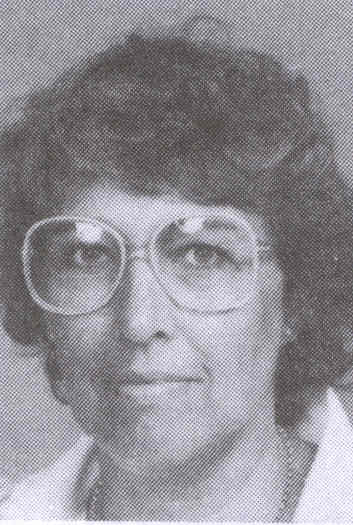
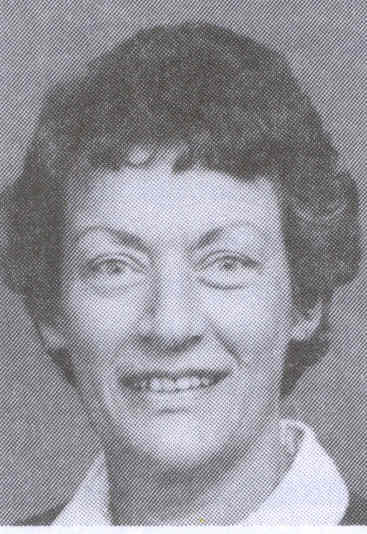
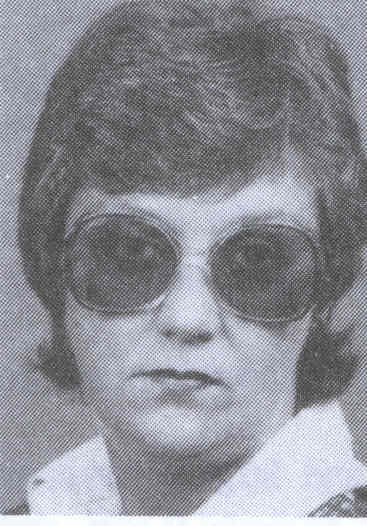
Whenever you phone up, you should now know who's who!
Readers are invited to send in articles and/or advertise forthcoming events on subjects they think will be of interest to the Engineering Computing user community; these can include